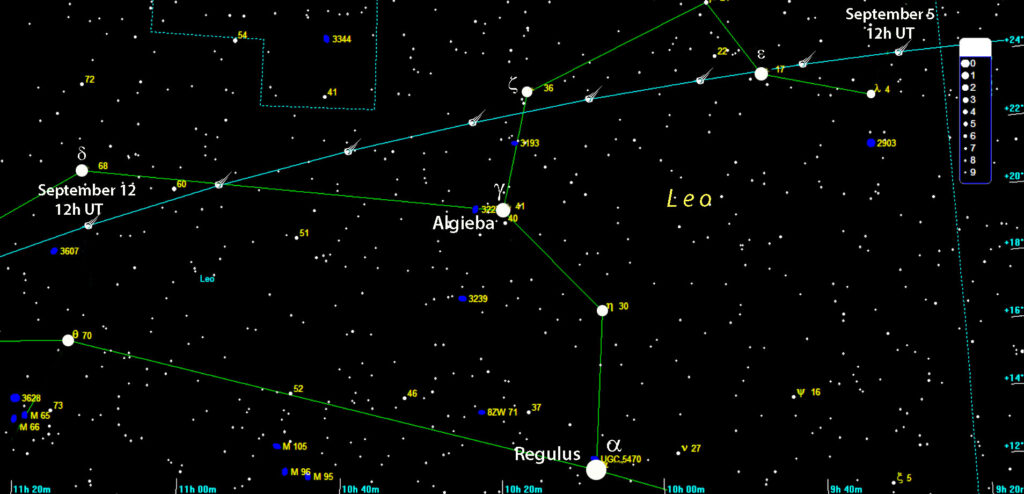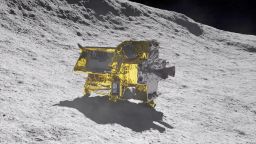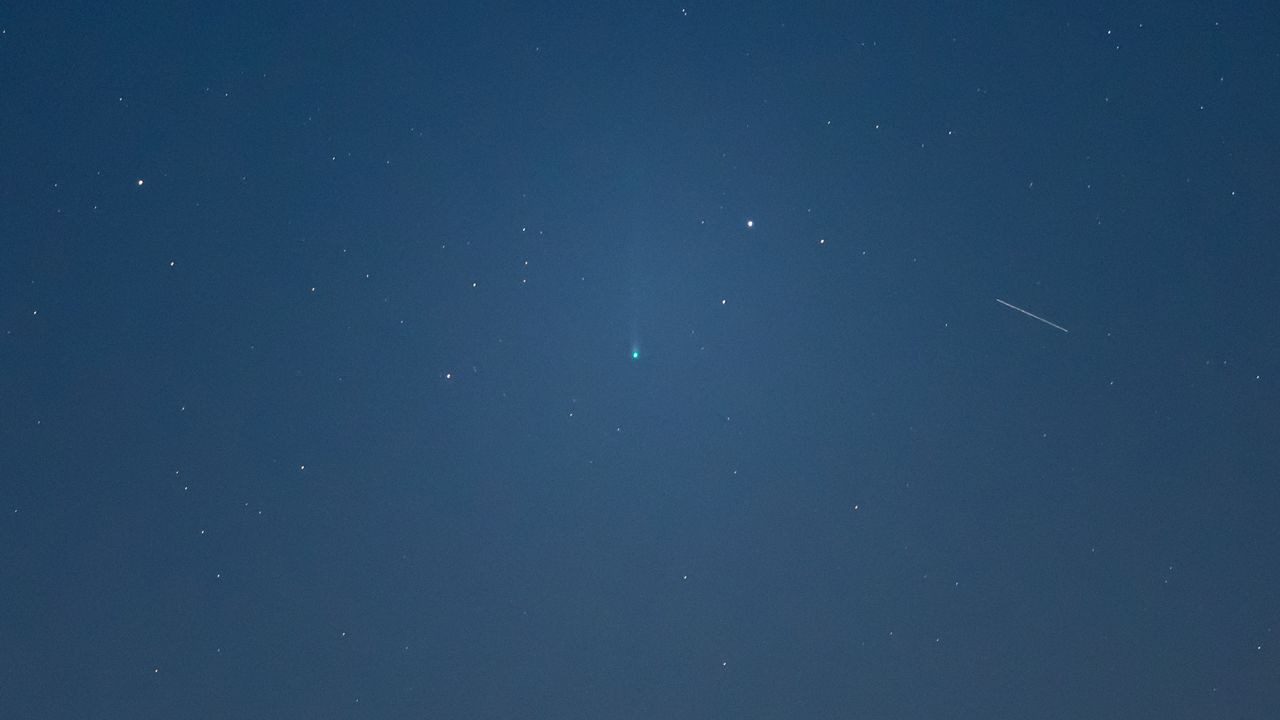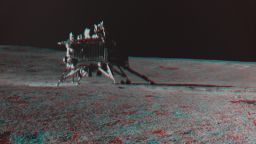- Synergy Research reported that IBM had 7 percent of the cloud infrastructure market
- These major platforms probably only went all-in on flexbox fairly recently

A newly discovered comet will be visible at times as it flies by Earth next week. But spotting it will take some know-how.
Japanese space photographer Hideo Nishimura first observed Comet Nishimura in early August as he was taking images of the night sky, according to EarthSky.
Since then, the celestial object has increased in brightness as it travels through the inner solar system in an orbit around the sun.
The comet will make its closest approach to Earth on Tuesday, coming within 78 million miles (125 million kilometers), which means it’s potentially visible over the next five days.

Japan launches X-ray satellite, ‘Moon Sniper’ lunar lander
It will get much closer to the sun, passing within 21 million miles (nearly 34 million kilometers) of the star on September 17, according to Alan Hale, co-discoverer of Comet Hale-Bopp and founder and president of the Earthrise Institute.
Nishimura completes one orbit about every 430 to 440 years, “which means the last time it passed close to the Sun (and might have come closer to Earth) was around the year 1590, before the invention of the telescope,” Dr. Paul Chodas, director of NASA’s Center for Near Earth Object Studies at the Jet Propulsion Laboratory in Pasadena, California, wrote in an email. “We don’t know whether it got bright enough to be seen with (the) naked eye back then.”
No comets recorded during that time frame appear to correspond with Nishimura, but it would’ve had to be quite bright to be seen, Hale said.
Ad Feedback
How to see Comet Nishimura
The comet is barely bright enough to be visible from Earth due to distance and will be moving close to the horizon, so binoculars are the best way to see it, Chodas said. And dark skies away from city lights provide optimal viewing.
Sky and Telescope has shared charts that can help sky-gazers spot the comet.
If you’re trying to distinguish the comet from other objects in the night sky, keep in mind that the comet’s tail will always point away from the sun because the sunlight continually pushes on the fine dust particles, said Dave Schleicher, astronomer at Lowell Observatory in Arizona.
And while the comet appears greenish in photos due to the presence of diatomic carbon, it will appear nearly colorless or slightly pink through binoculars as sunlight reflects off the dust grains, which are smaller than particles in talcum powder, Schleicher said.

Comet Nishimura can bee seen as a faint green dot in the sky over L’Aquila, Italy, on September 7.Manuel Romano/NurPhoto/Getty Images
For those in the Northern Hemisphere, Chodas recommends finding a clear view of the east-northeast horizon about half an hour before morning twilight. You can use Time and Date to determine when morning twilight, also called civil twilight, occurs in your area.
“Each day this week the comet is getting a little closer to the Sun, the time window gets narrower, and the comet gets even closer to the horizon,” he said. “This will not be an easy comet to see, unless you’ve observed comets before.”
The closer the comet is to the sun and the horizon, the more difficult it will be to see.
On Wednesday, the comet will pass between Earth and the sun.
“In theory, it might be accessible in the evening sky within a few days after that, but it will still be quite close to the sun in the sky and will be buried in bright twilight,” Hale said. “Unless it becomes quite a bit brighter than expected, it will likely not be visible.”
What’s next for Comet Nishimura
Given how closely Comet Nishimura will pass by the sun, it’s possible the intense heat might destroy it.
“As the frozen ices heat up and sublimate into gases, the comet may break up,” Chodas said. “It depends a lot on the size of the nucleus, which we don’t know, since it’s surrounded by the ‘coma,’ an atmosphere of gas and dust.”
But given that the comet has already survived at least one previous close approach of the sun, and likely many more (although the comet’s age is unknown), Hale and other experts expect it to survive.

Here’s what India’s historic lunar lander found on the moon — and what’s next
“If it survives its passage by the sun, it will pass over to the far side of the sun from Earth in early October, and then emerge into the Southern Hemisphere’s morning sky in November,” Hale said. “It may remain visible for several months thereafter, although it will likely be a rather dim object, which will keep fading as it recedes from the sun and Earth.”
Then, more than 400 years will pass before the comet flies by Earth again.
If you miss the chance to see Comet Nishimura, there are several comets expected to appear in the night sky in the next 16 months, Hale said.
Comet Pons-Brooks will be closest to the sun in April and should be dimly visible to the naked eye in the evening sky for about a month or so before then, he said. In June, Comet Olbers will closely approach the sun and can be seen with binoculars. And Comet Tsuchinshan-ATLAS, discovered in January, will be closest to the sun in late September 2024 and will swing by Earth in mid-October 2024, with the potential to become very bright.
<a target="_blank" href="https://shareasale.com/r.cfm?b=2271950&u=3802034&m=133410&urllink=&afftrack="><img src="https://static.shareasale.com/image/133410/5.jpg" border="0" /></a>



Its like you read my mind! You appear to grasp so much approximately this, like you wrote the e book in it
or something. I believe that you simply could do with some % to drive the message home a little bit,
however other than that, this is wonderful blog.
A fantastic read. I will certainly be back.